How LGBTQ+ Diversity Demonstrates that Dualities Are Artificial Constructs

Suppose we continue to argue against each other from completely opposite ends of the spectrum — one group firmly on the left and the other on the right. We will be forever stuck, unable to affect progressive, evolutionary change to social diversity, LGBTQ+ acceptance, and equal human rights.
To claim there is only one right way to exist is nothing but an intellectual construct without any relationship to the natural world.
No such construct of incorrect being exists in nature.
Nature simply is — and we, by the way, are of nature. Things come into being, naturally. They evolve and mutate into something else. Life is a never-ending process of becoming.
This observation of the natural world is found in Einstein’s special theory of relativity and his famous equation, E = mc2. In Einstein’s words, “…mass and energy are both but different manifestations of the same thing.”
There is no loss of mass or energy in the universe, only transmutation.
The universe — nature — does not have a garbage bin where something once used is tossed away because it has no more value, and is thus depleted and worthless.
Life is a never-ending process of becoming.
This is how the natural world works from a yin and yang or Taoist philosophical perspective.
Yin and yang do not identify polarities, instead, they are in a mutually dependent relationship. You cannot have yin without yang, dark without light, up without down.
“Yin and yang in all of their manifestations are not opposites but complementary poles of the same eternal stuff of life.”1
It would be senseless to argue for the correctness of light and the incorrectness of dark. It makes no sense because we cannot understand one without relation to the other. Light and dark are nothing but descriptions that distinguish between the amount of light one can see.
We see this everywhere, in particular on social media, in the news, and in politics.
We witness extreme divisiveness, of the need to be right, to belong to the politically correct group — an absolute need to be on one side of the equation, and at the far end at that. We see how arguing from extreme polarities only creates further division.
But there is no equation to be on either side of, there is only a balance.
We must understand that balance is something fluid and constantly changing, never static, and never something that can exist on one side independently.
Seeing the world through a queer perspective helps us understand that there is no real living, breathing binary.
The binary is a way for us to describe something that we observe, to articulate something that is not exact.
Exactness in and of itself is an intellectual construct, a product of the mind in an attempt to describe what the mind observes. The binary is a relationship, neither a finite description nor something that takes form in existence.
Imagine putting your hands into a large bucket of water.
Move your hand to the left and right and then in a circular motion. Try to separate the water into two disparate parts with your hands. It’s impossible. This example is one way in which we can understand how we logically construct polarities, in this case, binaries.
The one does not exist without the other and we can never fully separate the two, no matter how hard we try.
How can you define darkness without light, right from wrong, or liberal without conservative?
How can you define a cis male without a cis female? How can you define cisgender without transgender? What appears to be a duality, a binary, are only descriptions in relation to each other.
Even the idea of transitioning is best understood within the word itself.
You are moving through the water of gender fluidity to exist more or less within one aspect of gender but still part of the whole description. Thus being trans or any other gender identity is no less and no more than any other identity. We are part of nature and therefore any gender identity is natural.
How we classify, categorize, or describe different identities is simply an intellectual construct of dualities.
Polarities cannot exist in nature at the extremes.
As a kid in elementary school, I remember when we were taught about magnetism.
We were each given two long rectangular-shaped magnets. They were silver in colour with a capital N on one side and a capital S on the other to signify the magnetic north and south poles (the positive and the negative). I remember playing with them, laughing at how you could feel the invisible-to-the-eye energy pulling the north to the south end while holding a magnet in each hand.
What I could not understand was how moving the north end to the north end (and south to south) would push back, increasingly so the more I tried to force the same poles together. The same energy repels each other.
Empirically, extremes cannot connect. Metaphorically, holding the rectangular magnets in hand gives us a very simplistic picture of a binary — namely, that opposites attract, exist and work together in a yin-yang relationship.
The problem with identity politics is too much of the same energy repelling.
People over-identify with the construct instead of their nature.
On social media we see people fighting against each other from the extreme ends of their position. In an attempt to fight for diversity and inclusion, we are literally and figuratively butting heads by forcing the same energy of anger, dominance, and superiority against our opponent.
Two yangs, in this case, don’t make it right!
What I mean here (and the play on words exemplifies how humour can be used to diffuse or soften the more aggressive yang energy, aka masculine energy), is that arguments are never won in a fight. Yang (descriptively) is the more aggressive, defensive, and combative of the duality. Yin is a more diffuse energy that seeks harmony and can use empathy to build a bridge toward conversion and dialogue.
At the same time, we are experiencing a greater depth of understanding in our social consciousness concerning what it means to be a human sexual being, and how we can see ourselves across the water of gender as something far more fluid than the status quo, Christianity, and Western thought has allowed us to believe.
Diversity can be uncomfortable when it seems new or foreign to someone.
At the heart of diversity is the principle of yin and yang.
Diversity demonstrates that,
- One cannot exist without the other.
- Sexuality and gender are fluid and always have been.
- Cultures can co-exist when we seek to understand another culture in relation to our own, we expand our consciousness of what is considered ‘normal.’
Diversity is about multiplicity, be that your skin colour, your gender and sexual identity, your chosen career, or whether you prefer chocolate ice cream over vanilla.2
Diversity demonstrates that dualities are artificial.
It might seem that dualities are all there is — at first glance.
Consider the earlier example of the magnetic north and south poles. To the casual observer, the magnetic poles represent a binary, a perfect example of duality. But that observation is too simplistic.
Dualities exist in relation, semantically and categorically as a way of describing the world that we live in, but not as how we exist in nature.
When we argue for LGBTQ+ diversity and acceptance, we need to recognize the many paths across the divide between our position and that of the other person. We need more dialogue and less argument if we hope to create more acceptance, open-mindedness, and humane rights for all.
We cannot exist harmoniously as opposites, constantly pushing the other side further away.
“Anything that exists is by definition natural.”3
Modified from the original article on DarrenStehle.com
“The Tao of Abundance” by Laurence G. Boldt ↩
For an interesting discussion about diversity and multiplicity, listen to The Ted Interview episode, Elif Shafak on the urgent power of storytelling. ↩
Yuval Noah Harari ↩
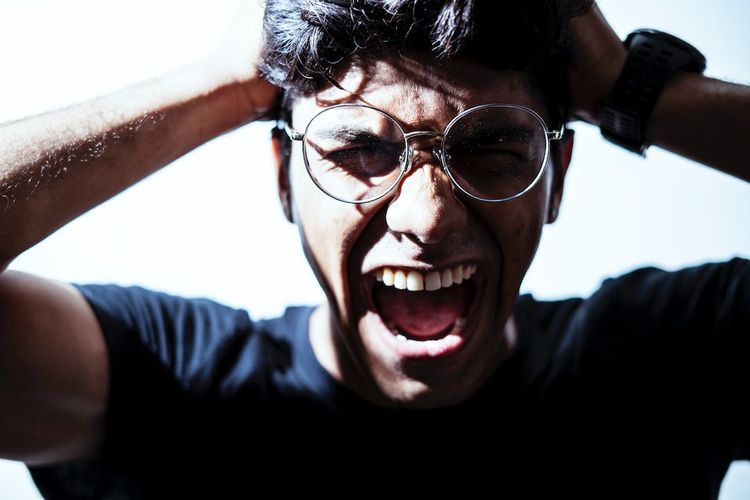
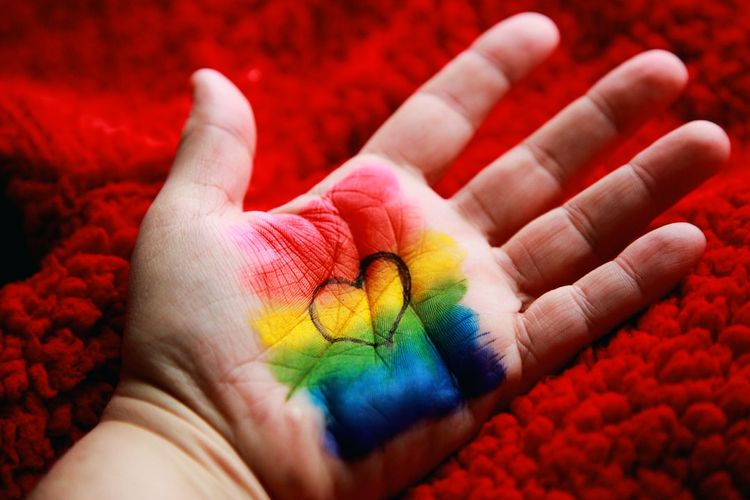
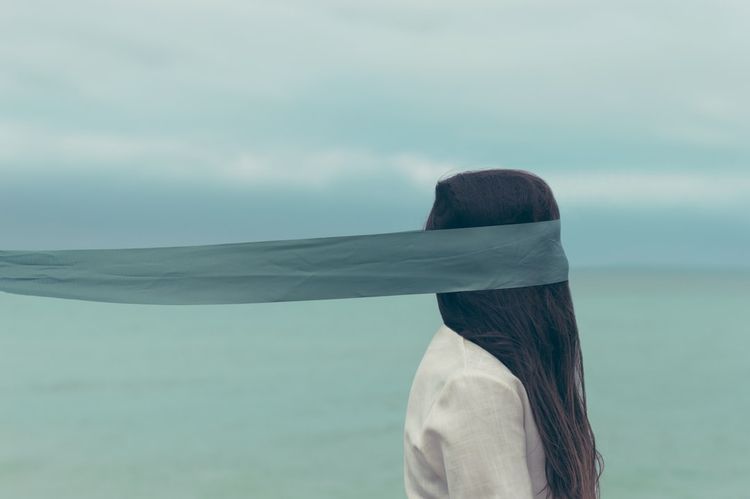
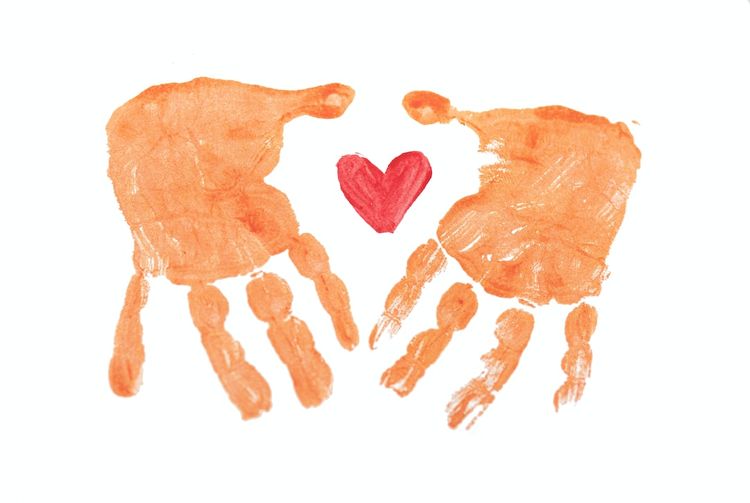
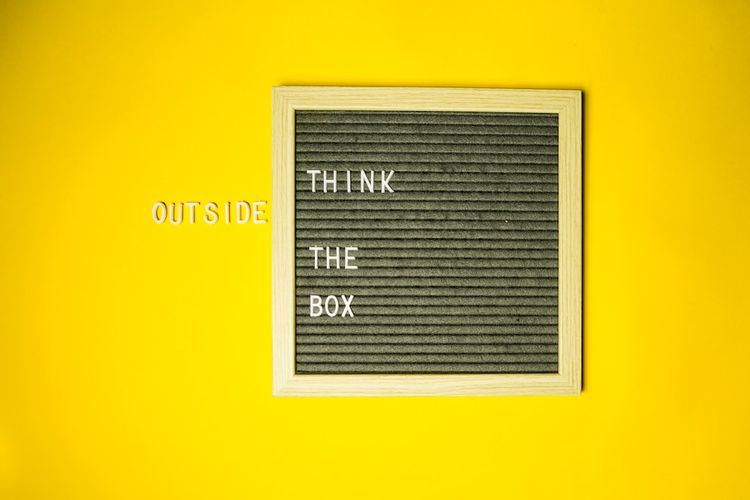
Member discussion